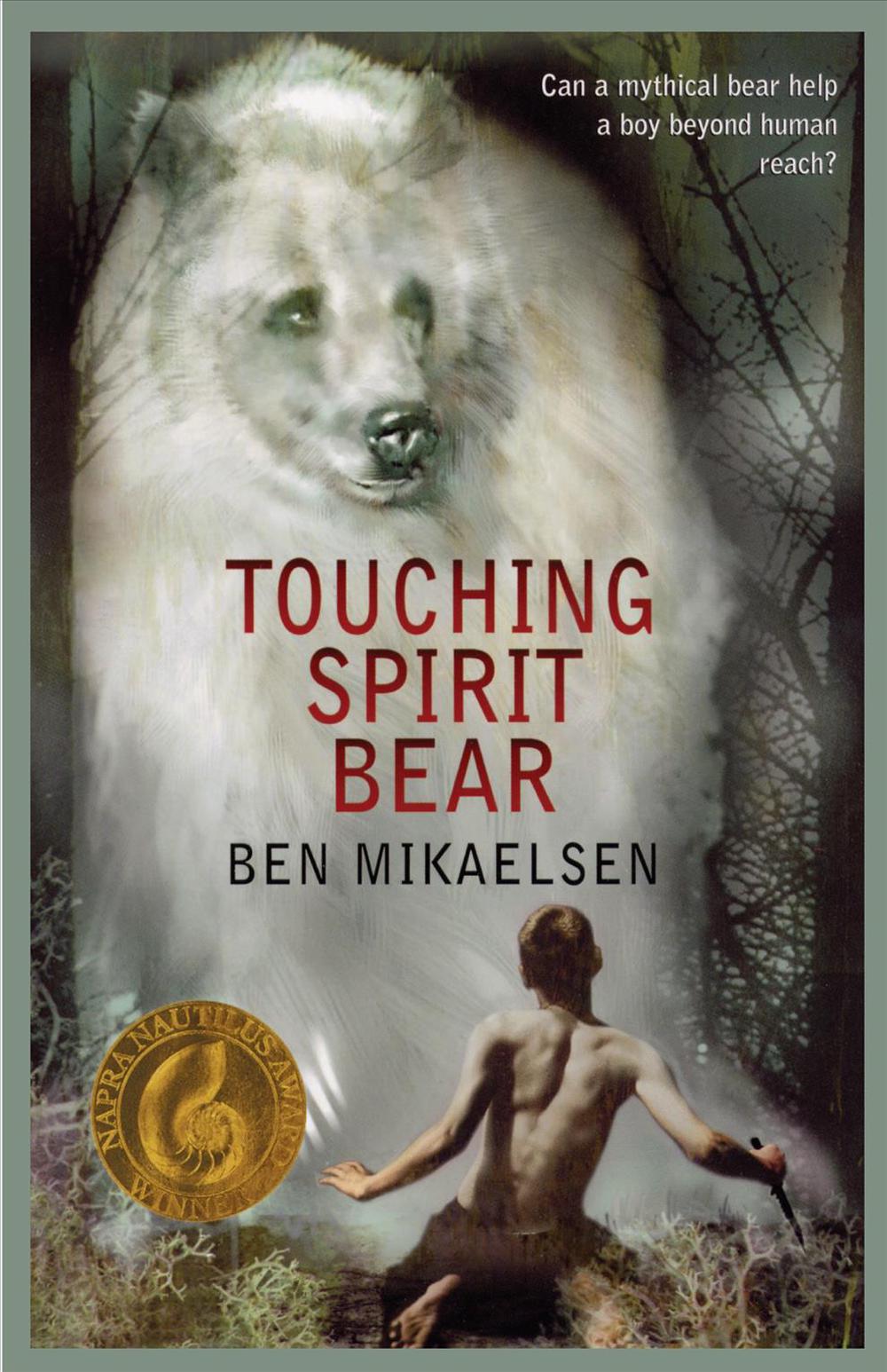

– A creator or company with multiple master and/or composition owners. As a sync agent, if I am working with a client, I can usually guarantee clearance quickly, and the licensor only has to deal with me and my company to execute the license.
#BEAR WRITER SYNCHING LICENSE#
Then, once the deal is approved by my client, I can then execute the deal on behalf of my client and license the track to the licensor. In practical terms, this means that I represent my clients music for licensing purposes, but in order to execute a license, I need to confirm all the details (cost, license terms, media, etc.) with my client and give them my advice on whether we should take the deal or not. This means that although I am not the owner of any of the tracks I represent, I do have the authority to execute licenses on behalf of my clients, according to stipulations that have been defined between my clients and my company, and I can finalize the license quickly for both master and publishing rights.

Many of the tracks I represent are easy clear. In this case, I’ll use my own sync agency.

– A Sync Agency Licensing on behalf of a client. Here’s a couple of examples of what an easy clear track are: Easy Clear: An easy clear license means that though you do not have the sole, 100% authority to license both the master and publishing rights of a track, you have the ability to confirm the clearance of the percentages that you do not control quickly (typically 12-72 hours) so that you can provide the licensor with a license for both the portion you control and do not control, or you can provide the licensor with a direct contact to finalize the clearance from all the parties that hold a portion of the master and/or composition/lyrical ownership.Just be sure and double check that your version is not using an arrangement of a Public Domain song that has been registered with a Performance Rights Organization like BMI or ASCAP, then it’s not a one-stop because the licensor will have to license the rights to that particular arrangement. If you do not have this authority for both 100% of the master and 100% of the composition/lyrics of a song, you cannot provide a one-stop license and should never say to a potential licensor your music is one-stop.Īdditionally, if you cover a song that is in the Public Domain, and you own 100% of the master, then you can in almost all cases represent that song as a one-stop. To put a finer point on this, if your music is one stop, you do not have to seek authority from any other entity (e.g., another writer, another owner of the master, a publisher, a label or anyone else) to license the track. So if you have 100% authority to license both the master and the composition/lyrics, you are a one stop licensor. This means that you have 100% authority to license both the licensing rights for both the sound recording (master) and the composition/lyrics. One Stop: A one-stop license means that you are the only person the licensee has to do business with in order to license a song.One stop and easy clear are terms we use to describe how simple it will be for a music supervisor, ad agency, brand, game developer, TV/Film studio, production company or other potential licensee of one of your songs to license one of your songs and how many people or companies will have to approve the license. Let’s get into it.ĪD: Learn More About Our 2023 Music In Ads Course And Our Sync U Course This is going to be a bit of dense reading, but it’s important information, so please bear with me while I get into a bit of detail. In the music in media business, we use the terms “one-stop” and “easy clear” when describing how easy a composition and/or sound recording (master) is to license, but what do these terms actually mean? Saying your music is one stop can be a distinct advantage for you when presenting your music for projects, but if your music isn’t one-stop, saying it can ruin your chances of getting it licensedĪnd in regards to easy clear, this means that even though you don’t actually control all the rights to a song, you can quickly gather the approvals and then provide the license to the licensor.


 0 kommentar(er)
0 kommentar(er)
